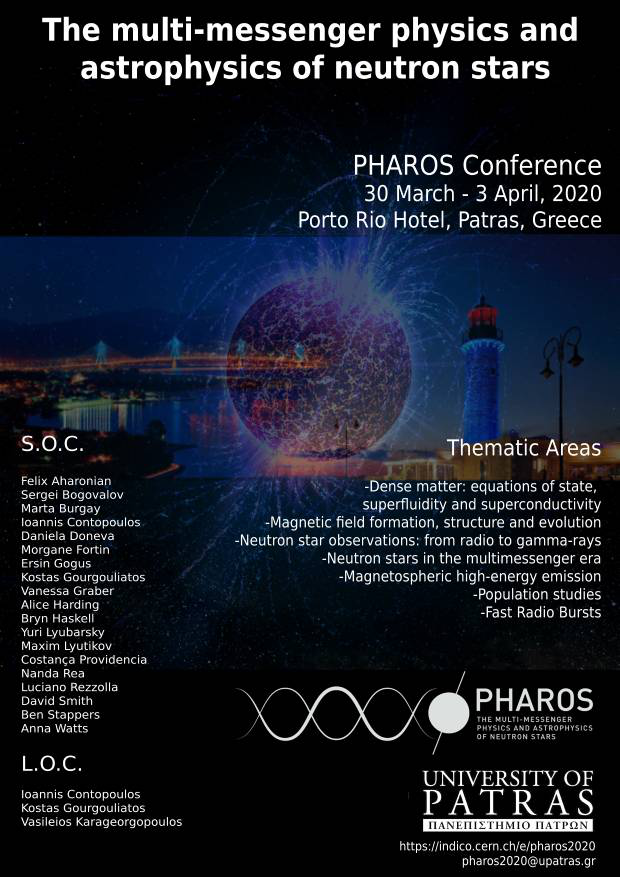Speaker
Description
The Fermi Space Telescope is an important tool in the growing area of multimessenger astronomy. The Fermi Gamma-ray Burst Monitor (GBM) has nearly full-sky continuous coverage allowing for simultaneous observations of gamma-ray bursts (GRBs) with gravitational-wave candidates from the Advanced LIGO and Advanced Virgo instruments. The power of these observations was shown with the detection of GRB 170817A in coincidence with the binary neutron star merger GW170817, confirming that the progenitor of short GRBs are binary neutron star mergers. This short GRB was likely a result of observing the relativistic jet off-axis, however, it is also the closest known short GRB and was detected onboard GBM. Because most mergers will be observed at farther distance than GW170817, we developed a search of the Fermi continuous data to look for GRBs coincident to gravitational-wave candidates below the onboard triggering threshold. The third observational run of Advanced LIGO/Virgo has been in full swing since April 2019 and produced over 30 public alerts for gravitational wave candidates with only a few being potential binary neutron star mergers. Utilizing an updated version of the Fermi-GBM substhreshold search, we automatically follow-up these public alerts. Here, we summarize our results for these public alerts so far, including the subthreshold GRB potentially associated with a subthreshold compact binary merger from LIGO/Virgo, Fermi GBM-190816 (reported in the GCN Circular 25406).

